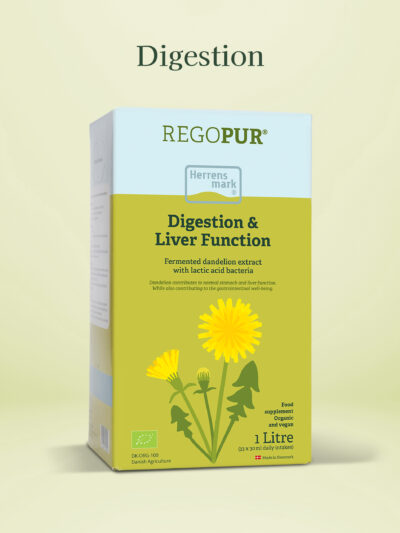Few herbs are as familiar as the dandelion. Its early blooming characteristic seed head, and its ability to be everywhere, have contributed to making it an herb that everyone, young and old, has an opinion about.
Worth knowing about plant monographs
If you’re fond of plants and all the knowledge one can find, you may have come across a plant monograph. It is a description of a plant: where it thrives best, how it looks, and even down to a very detailed description, allowing you to go out and gather herbs with the botanical book in hand. Other plant monographs mostly describe whether the plant can be used as food or if it can be toxic in larger quantities for humans and animals.
Monographs are compiled by botanists and other specialists in plants, and you can find monographs that describe everything from A to Z about a plant or just the properties that are important for our bodies.
The green lawn's worst enemy
The dandelion (Taraxacum officinale) is a fine example of a plant that is quite meticulously described in European monographs, especially since it tends to stick its yellow face up everywhere. It only needs a bit of bare soil, and thus, it has been a nuisance for many a garden lover. It can thrive with very little soil, and the small seeds, blown away by the wind, can take root almost anywhere. The dandelion has therefore gained a somewhat tarnished reputation in these latitudes. As a result, it has acquired more than 100 different names, such as devil’s dandelion. Other names, such as our Lord’s sunflower, however, present it in a somewhat nicer light. So, it’s a shame that malicious tongues speak ill of the dandelion.
Dandelion's vitamins and minerals
Looking at the plant’s content, it’s not surprising that it has been so popular in other parts of the world throughout history. In the green leaves, there are plenty of vitamins and minerals, such as potassium, which we need for all our cells and can easily lack if we create imbalances when salting our food. Salt, known as sodium in technical terms, along with potassium, should ensure that all our cells maintain a good tension between the inner and outer parts of the cell.
Why dandelion is good for digestion
The dandelion is also known for its contribution to maintaining good digestion, and it does so by contributing to the right acidity in the stomach, allowing us to break down our food into the small particles that need to be absorbed in the intestine. The dandelion is a bitter herb, meaning it contains bitter substances. These are interesting because, as soon as they hit the tongue, they stimulate the secretion of bile and make the liver produce more of it. Bile is necessary for breaking down fat in the food we eat. According to monographs, it is especially the roots that possess this ability to support the liver’s and bile’s functions.
You can read more about stomach acid and digestion here. And for more information about the liver’s functions, you can find it here.
REGOBONE 1 and 2 Litre – Organic
REGOMEO 1 & 2 Liter – Organic
REGOPUR 1 & 2 litre – Organic
Health claims
- Dandelion contributes to normal stomach and liver function (ID: 3609)
- Dandelion supports the liver and biliary functions (ID: 2570)




